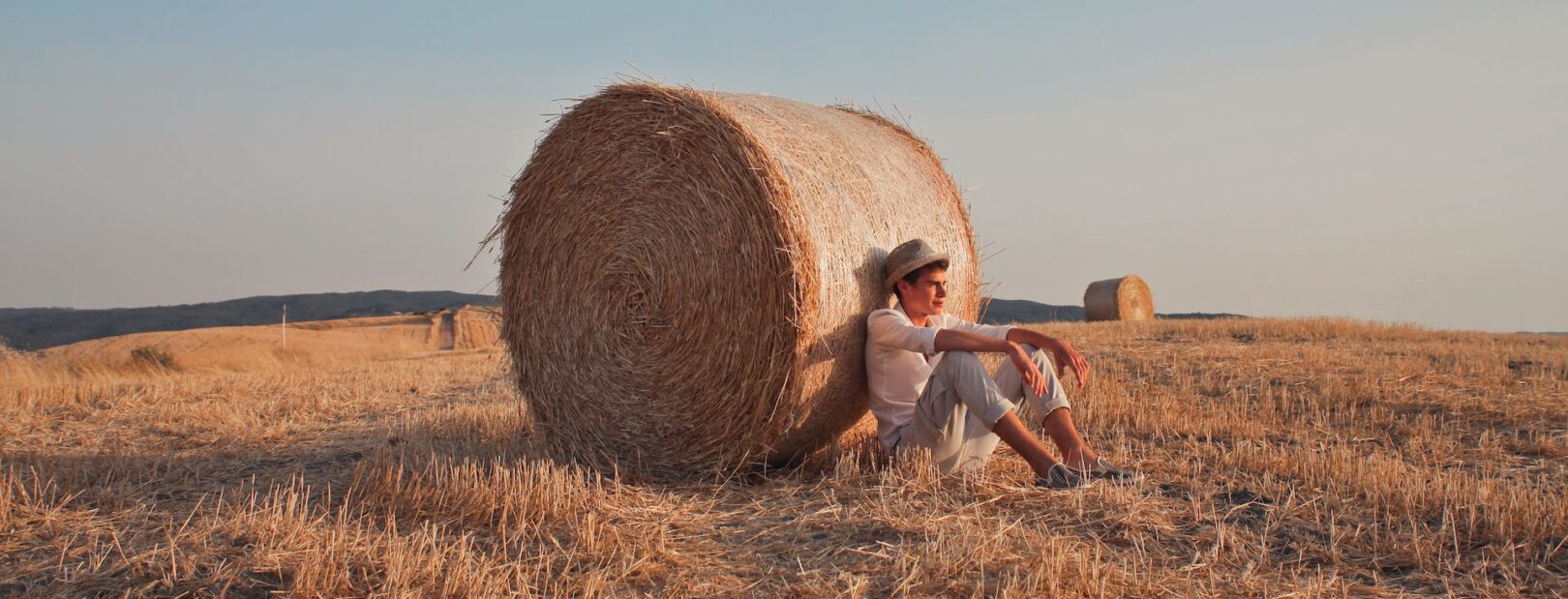The meticulous cultivation of Natural grass sod involves a choreography of horticultural expertise. Each roll is a covering and a living entity, seamlessly unrolled to unveil a carpet of nature’s perfection. It’s an instant transformation, where barren soil gives way to a tapestry of green, inviting nature into our immediate surroundings.
Ekinkayis is the pioneer company in the production of natural grass sod in rolls on the Iberian Peninsula. Since the beginning, we have produced millions of m 2 of all types of natural grass sods.
Ekinkayis corporations sod is high-quality grass grown in our sod for one year until it is completely mature. For transport, it is extracted, forming rolls or plates.
The use of Ekinkayis grass sods provides the gardening professional with 100% success in their work. It lets the end customer immediately enjoy a mature, dense, healthy, and beautiful lawn.
On sports lawns or golf course greens, sod is the only alternative.
Natural Grass Sods In Premium Rolls
Grown on a soil with a loamy texture, the sods produced in the center of San Pelayo are distinguished from sods with a sandier substrate by:
- Great ground grip speed. Rapid put into use. Compatibility with any type of soil.
- Excellent recovery capacityin the event of transportation, storage or placement accidents.
- It easily withstands the stressof extraction and transportation, even in the middle of summer and over long distances.
Decrease Soil Organic Matter
We produce sod with extraordinary resistance, easy handling and rapid start-up, in addition to simple and economical maintenance, since its texture means that the contributions of water and fertilizers are considerably reduced due to its absorption and retention power. The water and nutrients are enormous.

Offer Of Grass In Our Plantation At An Incredible Price.
Natural grass controls erosion and stabilizes the soil. Due to its network of roots, the grass forms a compact porous carpet, and due to its felt, it absorbs water droplets instead of making them drip into the rainwater, which drags soil particles with them.
This water intercepted by the grass is directed to the vegetation in the area, which contributes to reducing water use.
A dense lawn absorbs six times more rain through its felt than all other systems. The numerous roots help maintain the infrastructure of the slopes and prevent landslides.
Grass Sods, Natural Air Conditioning
Grass absorbs the sun’s rays through its foliage, making it an incredible natural air conditioner. On a hot summer day, for example, when the air is around 32°C, the temperature at ground level of a paved road or bare ground will be about 40°C to 44°C. We will regain an enjoyable temperature on dense grass whose foliage height is 8 cm.
The space covered with grass by eight houses has the power to cool about 70 tons of air, which conditions the temperature.
Natural grass reduces noise and eliminates pollution. Grass reduces unwanted noise by 20 to 30%, absorbing noise instead of amplifying or reflecting it.
Clean: grass eliminates pollution problems in areas near homes, schools and large city centers.
The Installation Of Sod Or Grass Rolls
The first thing is to spread the rolls of natural grass or sod as if they were carpets parallel to each other. You have to join the edges of each registration to avoid leaving spaces. We must alternate the position of the rolls so that the joints do not coincide. The edges are easily cut with a knife or cutter so that we can shape the garden.
We must water the piece of the garden installed with a hose to prevent it from drying out while we finish the entire area.
It is advisable to install sprinkler irrigation since when watering with the hose, we can have drier areas and other waterlogged areas, in addition to the time it takes us to be there and the schedule at which it should be watered.
That is why sprinkler irrigation is the most advantageous option; the schedules and duration of irrigation are programmed, preventing waterlogging in areas and making the task easier.
There are sprinklers on the market with rain sensors, which stop automatically if it rains—allowing a sustainable garden for the environment and significant water savings.


 Nothing beats grass rolls for instant gratification when getting a thick, healthy lawn. Read some common lawn questions, followed by our step-by-step instructions on preparing your soil and properly laying a beautiful green carpet.
Nothing beats grass rolls for instant gratification when getting a thick, healthy lawn. Read some common lawn questions, followed by our step-by-step instructions on preparing your soil and properly laying a beautiful green carpet. water at night, the grass accumulates a lot of water, which can lead to fungal diseases. After the first week, reduce watering to every other day, tapering to just twice a week by the third week. Then, like any lawn, give it an inch of water a week, more during the hot summer months.
water at night, the grass accumulates a lot of water, which can lead to fungal diseases. After the first week, reduce watering to every other day, tapering to just twice a week by the third week. Then, like any lawn, give it an inch of water a week, more during the hot summer months.